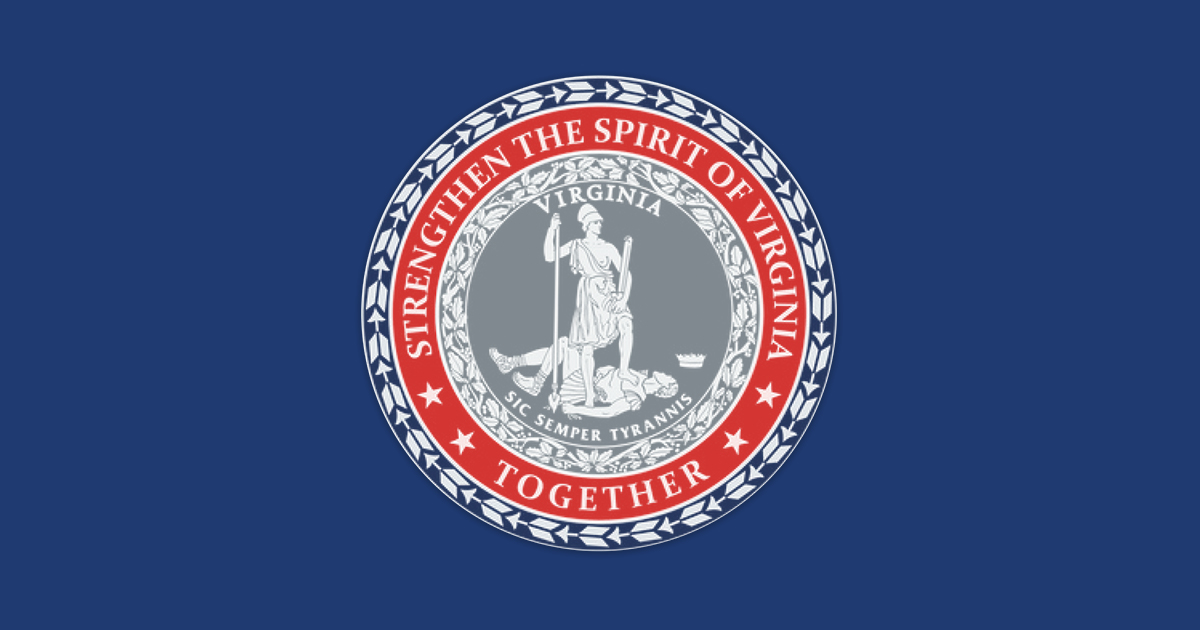You people have no idea how the system works.
The Broadband Equity, Access, and Deployment (BEAD) program is a federal grant program that aims to connect everyone in the United States to high-speed internet. The program has reached a major milestone with all 56 eligible entities approving Internet for All plans. This means that states and territories can now request access to their allocated funding and select providers to build and upgrade their networks
Every State and Territory is Ready to Implement Internet for All
November 19, 2024
NTIA has reached a major milestone on the road to connecting everyone in America to affordable, reliable high-speed Internet service. As of today, all 50 states, the District of Columbia, and the five territories participating in the Broadband Equity, Access and Deployment (BEAD) program have approved Internet for All plans.
These plans outline how each state and territory will connect every one of their residents to the Internet.
NTIA approval means all 56 states and territories are taking the next steps to request access to their allocated BEAD funding and select the providers who will build and upgrade the high-speed Internet networks of the future.
Right now, roughly 7 million homes and businesses in America lack access to high-speed Internet service – but that will change. The BEAD program is a $42.45 billion federal grant program authorized by President Biden’s Bipartisan Infrastructure Law. Each state and territory was statutorily required to submit an Initial Proposal detailing how they plan to spend their allocation to deliver high-speed Internet access to all unserved locations within their borders.
NTIA has made available nearly $37 billion in BEAD funding to states and territories to implement those plans. As the BEAD funding continues to take flight, NTIA’s other Internet for All grant programs are already connecting people.
- Our Tribal Broadband Connectivity Program (TBCP) has connected or lowered Internet costs for more than 4,500 Tribal homes, with many more to come.
- Through our Middle Mile Program, 3,200 miles of fiber are already under construction.
- Our Broadband Infrastructure Program (BIP) has made service available to more than 40,000 previously unserved households, even as funded projects continue to kick off.
As the states move from BEAD planning to implementation, we are excited to unveil an updated
BEAD Progress Dashboard. The dashboard allows the public to track how their state or territory is progressing through major deployment milestones, including completing the challenge process to determine eligible locations for funding and selecting providers to build the infrastructure.
Several states have already made strides in enacting their plans. Sixteen states and territories have finalized the homes and businesses that will be connected via BEAD-supported projects. Eight have begun the process of selecting the Internet service providers who will build the networks. And yesterday, Louisiana became the first state to release its Final Proposal for public comment.
States and territories must now submit a Final Proposal that details, among other things, the outcome of the provider selection process and how they will ensure universal broadband coverage. Once those Final Proposals receive NTIA approval, states can break ground on the BEAD-funded infrastructure projects that will help make their plans a reality.
While states complete the BEAD planning process, the Biden-Harris Administration continues to connect unserved communities through other federal programs, including the Department of Agriculture’s ReConnect Program and the Treasury Department’s Capital Projects Fund. Since the President took office, 3 million unserved homes and small businesses have been connected for the first time through public and private investments.
BEAD was designed as the “clean-up hitter” of Internet funding – to fill gaps that aren’t covered by other federal programs or connected by the private sector alone. To accomplish that goal, Congress required NTIA and the states to take a deliberate and comprehensive approach to their Internet planning.
Thanks to the hard work of state broadband offices and support from Governors, Members of Congress, and local advocates, we are on time and on track to meet the President’s goal of delivering Internet for All by 2030.
NTIA has reached a major milestone on the road to connecting everyone in America to affordable, reliable high-speed Internet service. As of today,...

www.ntia.gov

 townhall.com
townhall.com



